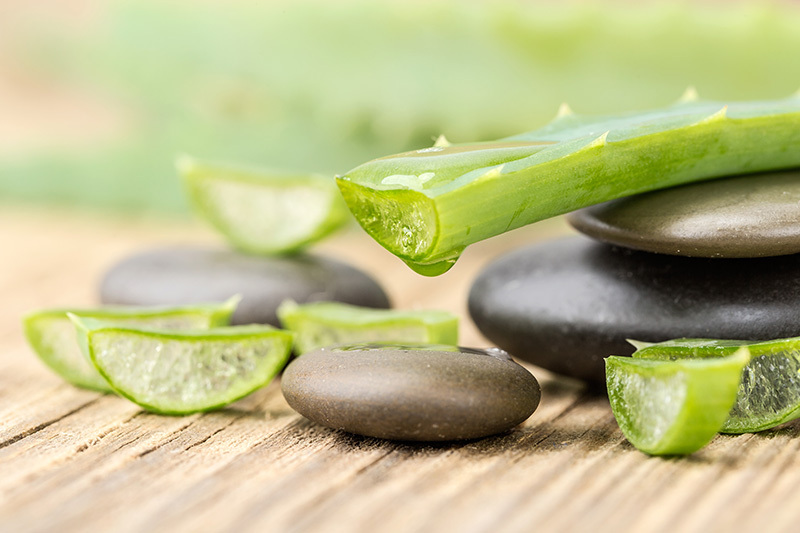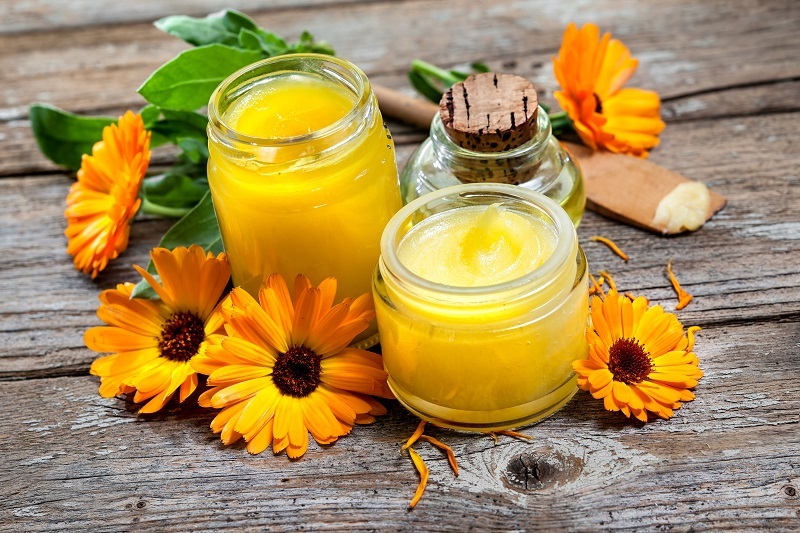Exploring the Intriguing World of Tulips: Surprising Insights
Posted on 13/08/2025
Exploring the Intriguing World of Tulips: Surprising Insights
Tulips have long captivated the hearts of garden enthusiasts, florists, and everyday admirers with their vibrant hues and elegant silhouettes. Yet, beneath their simple beauty lies a world teeming with history, science, and culture. In this article, we unravel the fascinating tales and curious facts nested within the world of tulips -- shedding light on their unexpected impact on economies, their diverse varieties, cultivation secrets, and cultural resonance across the globe.
The Mesmerizing History of Tulips
The Ancient Roots of the Tulip Flower
Tulips did not originate in the Netherlands, as commonly believed. The story of tulips began in Central Asia, most notably around the foothills of the Tien Shan and Pamir Mountains -- regions encompassing modern-day Kazakhstan, Uzbekistan, and Kyrgyzstan. Here, wild tulips thrived in rocky terrain, long before their decorative value was recognized.
- Tulip cultivation started over a thousand years ago.
- Turkish sultans adored tulips, integrating them into palace gardens.
- The name "tulip" likely derives from the Persian word for turban ("dulband"), referencing the flower's shape.
Tulip Mania: The World's First Economic Bubble
Tulips truly rose to international fame during the seventeenth century, thanks to a phenomenon now known as Tulip Mania. The Netherlands, then at the height of its "Golden Age," became a hub for the trading and cultivation of tulips. Rare tulip bulbs, particularly those with striking patterns caused by a virus, fetched exorbitant prices. At the peak of tulip mania, single bulbs could command the value of a luxurious canal house!
- Tulip Mania is often cited as the first recorded speculative bubble.
- The crash that followed devastated many fortunes but left behind a stronger passion for the elegant flower.
- Today, The Netherlands retains its reputation as the world's top tulip exporter.

Dazzling Diversity: Exploring Varieties of Tulips
The Spectrum of Tulip Colors and Forms
From creamy whites to fiery reds, from delicate particolored petals to vivid solid shades, tulips offer an astonishing palette. There are more than 3,000 registered varieties of tulips within approximately 150 species, and countless hybrids are introduced each year.
- Single Early tulips: Bold colors, classic shapes, early bloomers.
- Double Late (Peony) tulips: Lush, double-layered petals resembling peonies.
- Fringed tulips: Petals trimmed with delicate, crystalline edges.
- Parrot tulips: Vibrant, feathery petals with unique variegations.
- Triumph tulips: The quintessential "tulip" ideal for bouquets and displays.
Rare and Unusual Tulip Varieties
While most people are familiar with typical garden tulips, there exist truly unique and exotic specimens:
- "Queen of Night" - A mysterious, almost black tulip, renowned for its deep, velvety appearance.
- "Rembrandt" tulips - Once shrouded in myth, these feature mesmerizing broken color patterns (now known to result from a harmless virus).
- Tulipa acuminata - Nicknamed the "Fire Flame," displaying thin, wild petals with bright streaks.
- Viridiflora tulips - Characterized by brushstrokes of green amidst other colors.
Surprising Facts About Tulips
Why Are Tulips So Intriguing?
Tulips are not just a garden staple. They have evolved to fill practical, scientific, and even culinary niches--here's how:
- Tulip petals are edible! During World War II, famine forced the Dutch to eat tulip bulbs and petals, which are non-toxic (though not highly palatable).
- Some tulip petals can be used as a decorative salad ingredient or garnish.
- Tulip bulbs contain a variety of natural alkaloids and are being researched for unique bioactive compounds.
- Certain pollinators, like bees, are highly attracted to tulips for their early spring pollen supplies.
- Cut tulips continue to grow in water, sometimes gaining up to 2 inches after being placed in a vase!
- Tulip stems bend towards light, a phenomenon known as phototropism.
The Science Behind Tulip Coloration
The striking patterns and rich colors found in tulip petals stem from a fascinating interplay of genetics and environment. While most solid-colored varieties are a result of genetic selection, the famous "broken" color patterns in historic tulips are caused by the Tulip Breaking Virus (TBV), which disrupts pigment formation and leaves streaks or flames in contrasting shades.
Breeders now replicate these effects through hybridization rather than relying on viral infection, ensuring healthier, more robust plants.
Cultural Significance and Symbolism of Tulips
Tulips in Art, Literature, and Folklore
Tulips feature prominently in the art and cultural expressions of many countries. Ottoman miniature paintings, Persian poetry, and Dutch Golden Age masterpieces all highlight the beauty and symbolism of tulips.
- In Turkey, the tulip remains a symbol of perfection, abundance, and paradise.
- In the Netherlands, the flower signifies national pride, prosperity, and the fleeting nature of wealth.
- In Iranian folklore, red tulips symbolize true love and sacrifice.
Modern Festivals and Tulip Celebrations
Each spring, the blossoming of tulips sparks worldwide celebrations. Some of the most famous include:
- Keukenhof Gardens (Netherlands) - One of the world's largest flower gardens, featuring over 7 million tulip bulbs in bloom.
- Canadian Tulip Festival (Ottawa) - Established to honor the Netherlands' gift of tulips to Canada following World War II.
- Skagit Valley Tulip Festival (Washington State, USA) - Attracts hundreds of thousands of visitors every April.
How to Grow and Care for Tulips: Expert Tips
Choosing the Right Tulips for Your Garden
Growing tulips is an accessible endeavor for gardeners at every skill level. Start by considering color, bloom time, and height. For reliable and stunning displays, select robust hybrids suited to your climate:
- Single Early and Triumph tulips for beds and borders.
- Darwin Hybrids for tall, dramatic arrangements.
- Biodiverse species tulips for naturalizing wildflower patches.
Planting Tulips: Best Practices
Proper planting ensures healthy, vibrant blooms in the spring.
- Plant bulbs in autumn, roughly 6-8 weeks before the ground freezes.
- Choose locations with full sun or partial shade and well-draining soil.
- Place bulbs about 6 inches deep and space them 4-6 inches apart.
- Point the tapered end upward and cover with soil gently.
- Water the area well immediately after planting to settle the soil.
Year-Round Tulip Care
Tulip bulbs require a period of cold dormancy to produce flowers, mimicking the natural winter chill. In warmer climates, pre-chilled bulbs may be necessary. After blooming, allow leaves to yellow and wither naturally. This enables the bulb to store energy for the next year's growth.
- Avoid overwatering: Soggy soil promotes rot.
- Deadhead wilted blooms to redirect energy to the bulb instead of seed formation.
- Protect bulbs from rodents with wire mesh or bulb cages if necessary.

Frequently Asked Questions About Tulips
Can You Grow Tulips Indoors?
With proper "forcing," tulip bulbs can be made to bloom indoors during winter. Simply "chill" bulbs in a refrigerator for 10-14 weeks, then pot them and bring them into a warm, sunny spot to enjoy spring color ahead of schedule!
Why Are My Tulips Not Blooming?
Possible reasons for failed blooms include:
- Bulbs planted too shallowly or deeply
- Too little sunlight
- Poor drainage or overwet soil
- Failure to allow foliage to die back naturally
Review care practices to enjoy abundant, vibrant tulip flowers year after year.
How Long Do Tulips Last?
Tulip blooms typically last from one to three weeks, depending on variety and weather. Some species tulips can return reliably every year, while others--especially hybrids--may need to be replanted each fall for consistent displays.
Conclusion: The Enduring Allure of Tulips
The captivating world of tulips is more than just colorful springtime displays. These remarkable blooms have shaped economies, inspired art and literature, and continue to surprise both scientists and gardeners alike with their diversity and adaptability. Whether you are a passionate horticulturist, a casual flower lover, or a curious reader, exploring the intriguing world of tulips offers endless opportunities for discovery.
So next spring, when you see a carpet of tulips swaying in the breeze, remember--their story is as vibrant as their petals, and there's always more to uncover in the enchanting realm of tulips.
If you found this article insightful, share it with friends or fellow tulip enthusiasts, and keep exploring the hidden wonders of the floral world!







